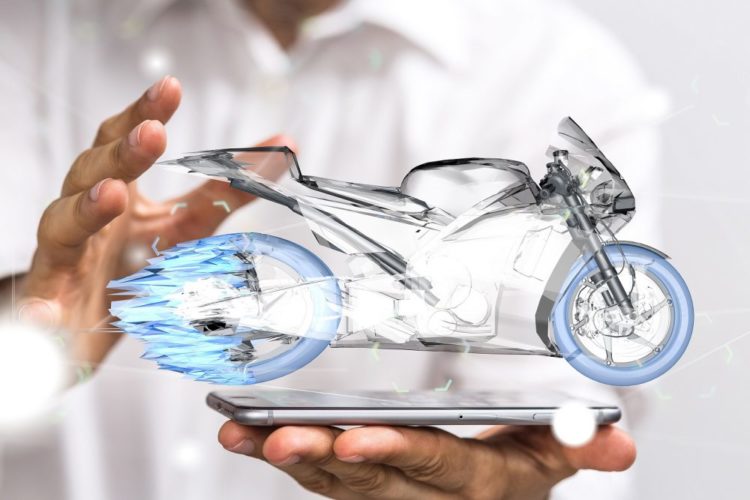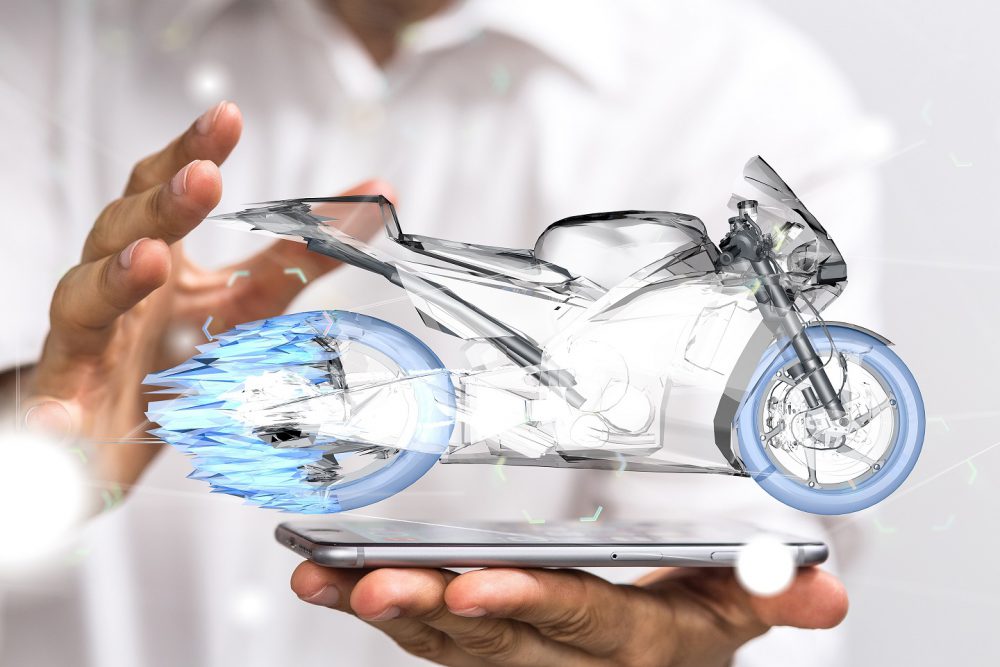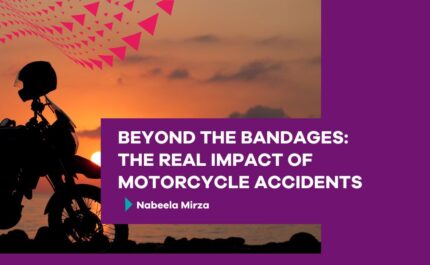
Being involved in a motorcycle accident can be really daunting, but as part of your claims journey with us, we can provide advice not only on the legal aspects of your motorcycle accident claim, but on wider areas of support too. For example, our specialist biking team are always on hand to offer motorbike accident injury advice as well as advice on motorcycle technology innovations that may help aid accident prevention if you choose to return to biking after your accident.
Evolving digital and automotive technology, including new road safety innovations (among many other factors) plays a key part in keeping motorcyclists safer on our roads. We’ve come a long way since the invention of the crash helmet in 1914 and in the last decade alone there have been hundreds of innovative safety aids developed for use within the automotive industry.
“A great solution for stability and extra control while riding”
A great example of an innovation which has been developed for motorcycle safety is the Head-Up Display. HUD is a system which projects important information to a transparent display, in front of the vehicle operator’s eye, to ensure forward focus is maintained. The system isn’t necessarily a new piece of technology and you’re likely to have seen the displays in aeroplanes and more commonly, in many cars. However, motorcycling is now beginning to reap the benefit of this safety aid. It means motorcyclists don’t have to look down at the dash display near the handlebars for speed reading, fuel level or gear position, which is ideal when you consider that just two seconds spent trying to read a wet dash display at 70mph means you’ve ridden 62.6 metres (205 ft.) with your eyes off the road ahead.
To aid stability, Honda and BMW have displayed systems that maintain a motorcycle’s upright stance at low, almost walking speed. These systems are designed to aid the rider in maintaining balance and vertical presence in slow moving scenarios such as heavy, slow moving traffic, or in poor weather conditions such as ice, snow or torrential rain when a rider has to ride slowly and carefully –a great solution for stability and extra control while riding.
We can now also connect with other riders through a system called ‘ConnectedRide’, developed by BMW. The system is designed to warn the rider and other road users of each other’s presence and share accident prevention information. At the moment research is aimed at motorcycle positioning in relation to other vehicles, e.g. when pulling out of a blind junction you will receive a dash-based warning icon or voice alert to say a bike or car is approaching. Weather conditions, hazardous junctions, train crossings, crowd volumes, accidents ahead and speed warnings are in the pipeline for the technology.
“The system is so refined it can determine between serious crash scenarios and less critical incidents”
There are also many non-digital innovations available on the market designed to support riders after the accident has occurred; such as air-filled motorbike vests, which have a shock resistant outer material which acts like a turtle shell. The vest is worn over or built into a motorcyclist’s clothing, so that in the event of an accident, the jacket automatically inflates to absorb impact and reduce the risk of injury while the outer shell protects against small, sharp objects and, to an extent, roadside furniture and other vehicles.
Another piece of equipment which supports motorcyclists post-accident is an on-board motorcycle crash detection system. These monitor the motorcycles electronic systems to determine if a crash has occurred before automatically alerting emergency services. The system is so refined it can determine between serious crash scenarios and less critical incidents with the latter allowing the rider time to cancel the primed alert.
For visibility support, which is essential during the winter months and night-time riding, a California-based company have introduced a new wireless LED light, which fixes to the back of a motorcyclist’s helmet and uses sensors to detect every time you slow down as a result of engine braking, gear changes or applying the brakes. As motorcycle tail lights are below wind-screen level, a light on the back of a helmet means riders can be seen braking by not just the car behind them, but multiple cars behind that car too – a solution for visibility on many levels.




